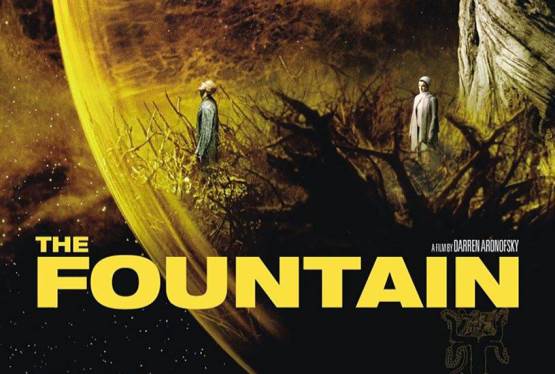Writer/director/producer James Cameron is known to be fascinated by deep water dives and shipwrecks, especially the Titanic. Most of the world knows he spent enormous amounts of time and money creating the epic film about the doomed ship that eventually won eleven Academy Awards. However, eight years earlier Cameron filmed another water-related movie, The Abyss. Shot primarily in two, huge, abandoned, primary reactor containment vessels, filming took over four months and supposedly caused mental breakdowns amongst the cast and crew. The critically acclaimed film grossed $90 million worldwide and won an Oscar for best visual effects. Fans of The Abyss and Cameron will be excited for the movie to come out in 4K for the first time, digitally this month and physically in March 2024.
When a United States nuclear submarine is sunk by an unknown entity in the Caribbean, a rescue mission immediately begins. However, since there is a hurricane moving through the region, instead of deploying a naval salvage team, the privately owned, experimental underwater, drilling platform, Deep Core is used instead. While the Navy Seals have their orders, the crew of Deep Core, including foreman Virgil "Bud" Brigman (Ed Harris; The Truman Show) and his estranged wife/drilling platform designer, Lindsey (Marie Elizabeth Mastrantonio; Scarface) are fascinated by an unidentified living form they encounter. Unfortunately, not everyone is as thrilled by their discovery that they are instead launching a nuclear warhead into the trench to destroy whatever is below.
Cameron is known for creating new technologies and inventive ways of filming to get the shots he so desperately wants and The Abyss is no exception. As previously mentioned, he submerged sets underwater in huge reactor containment units. He also created the illusion of being thousands of feet down in the ocean by floating a thick layer of plastic beads in the water and covering the top of the tank with an enormous tarpaulin. Of course, this then created the problem of clearly seeing and hearing the actors, which was solved by creating helmets with lighting and microphones inside. These, and other techniques, are part of what made The Abyss look so real.
With Harris' Bud running the show, sort of, and Mastrantonio's Lindsey bucking him at every turn, the characters created the tension and drama necessary for the film to work, otherwise the audience wouldn't have been as invested in the plot. Adding another layer is the Navy Seal team and their leader Coffey (Michael Beihn; The Terminator) losing his mind and trying to blow up everything within a three-mile radius. The comic relief comes from Bud's merry band of misfit toys a.k.a the crew of Deep Core.
The 4K video which is remastered from the original negative, offers some visual highlights but also emphasizes some of the graininess that is evident when a thirty-five-year-old movie is upgraded. The details are sharp and clean and, while some of the effects are very good, the "alien" life form living in the ocean is clearly fake.
The Dolby Atmos audio fares better as ambient noise is clear and full and the dialogue is crisp. The audio uses the full range of surround speakers which fully immersions (no pun intended) the viewer creating an overall fuller experience. The extras seem to vary depending on which streaming platform is utilized but two examples of possible extras are: Deep Dive: A Conversation with James Cameron and The Legacy of The Abyss. It will be interesting to see what extras are included on the physical media release in March.
The Abyss is an exercise in experimental and rogue filmmaking that is perhaps one of Cameron's most well-known signatures. It is also a well-made story that offers all the drama and excitement one would expect. The upgraded video and audio quality are hopefully an example of what is to come in March but, even if you don't opt to purchase the physical copy, the digital is still a worthwhile purchase.
Grade: B







